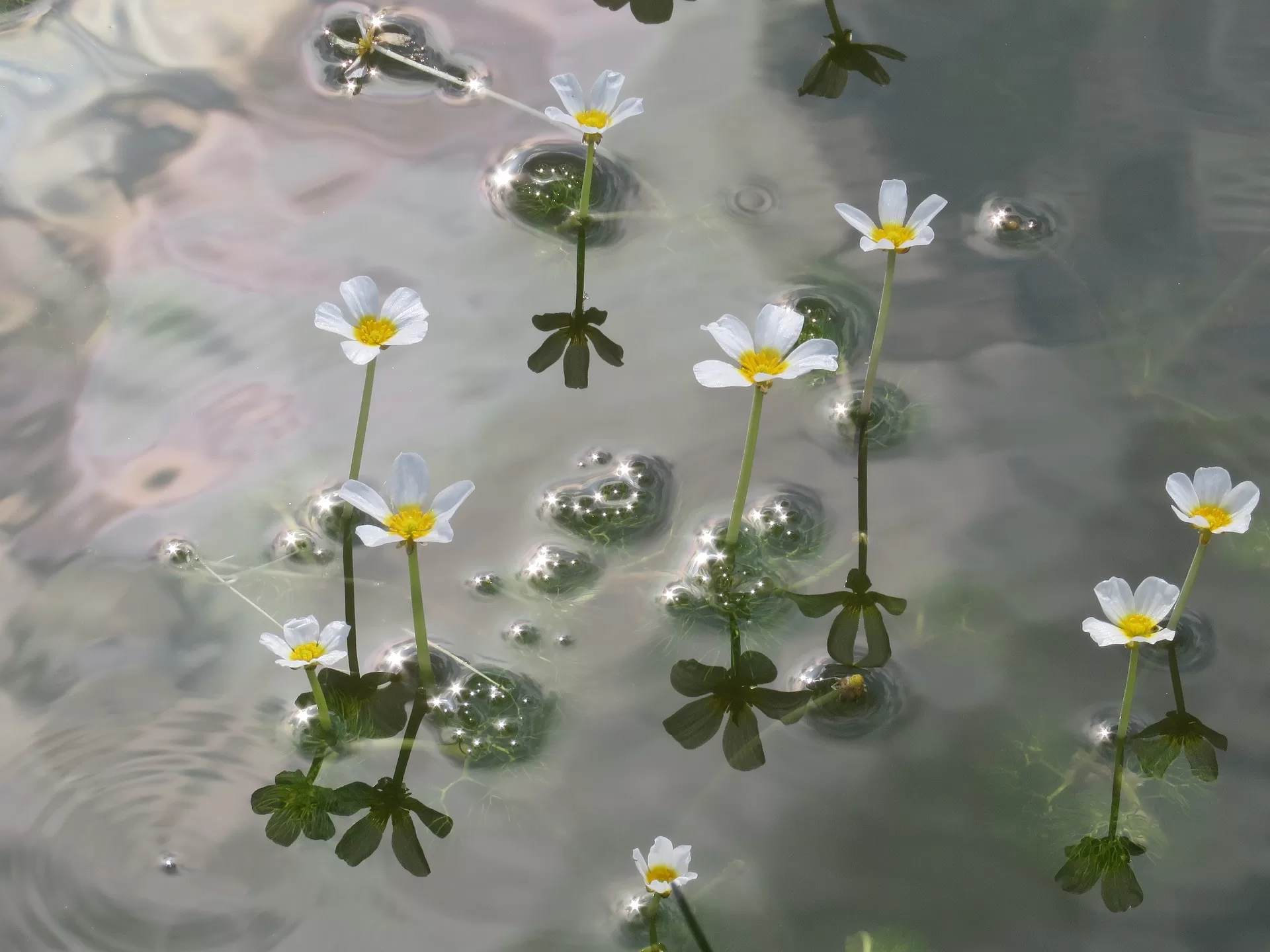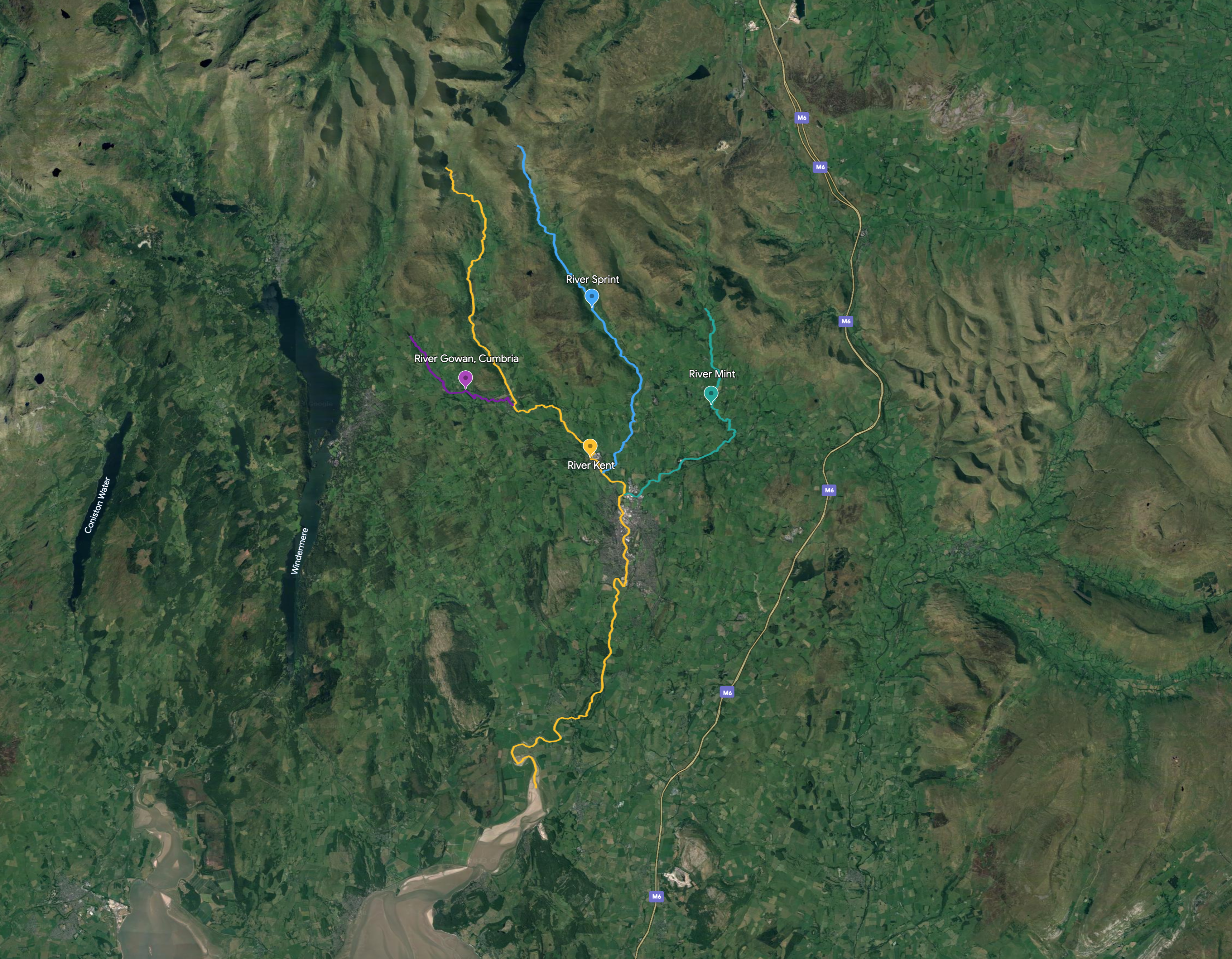About our river
River Gowan
The River Gowan is a short river in Cumbria, running easterly through the village of Ings before joining the River Kent at Staveley.
River Mint
The River Mint begins its life at Whelpside at the confluence with Bannisdale Beck, where it flows through several villages before it joins the River Kent north of Kendal.
River Sprint
The River Sprint begins high on the fell, where it then flows through the Longsleddale valley before meeting the River Kent near Burneside. It is known as the fastest rising river England.
A site of specific scientific interest
It is both a UK designated SSSI (Site of Specific Scientific Interest) and an EU designated SAC (Special Area of Conservation).
The River Kent and its tributaries were part of the Europe-wide network of Natura 2000 sites of core breeding and resting sites for rare and threatened species and some rare natural habitat types. In recent years, this has shifted to being designated within the Emerald Network, which is a worldwide ecological network made up of Areas of Special Conservation Interest.
Our project works to improve the SSSI/SAC designated part of the River Kent and its tributaries. This covers from the headwaters and springs of the tributaries downstream through Kendal and ending at Sedgwick.

The river system
The River Kent catchment is the only major river system in England where populations of white-clawed crayfish, freshwater pearl mussels, bullhead and water crowfoot can still be found throughout the catchment. Therefore, it is recognised nationally and internationally for its conservation importance. It is also designated as a principal salmon river due to its habitats providing suitable spawning grounds.
The catchment has varied geology from hard volcanic rocks dating from the Ordovician age formed of granite, forming steep streams with waterfalls and cascades, to bands of limestone present in the lower reaches of the catchment, forming wider valleys. This impermeable granite rock reduces rainfall infiltration causing the flashy nature of the river, resulting in quick river level rises and falls in response to rainfall.
Margaritifera margaritifera, the Freshwater Pearl Mussel (FPM) is a critically endangered bivalve mollusc. This creature might be unassuming to the eye, but it is a hugely important member of a functioning freshwater ecosystem. The freshwater pearl mussel is a filter feeder, improving water quality for other freshwater life such as otters, eels, fish and crayfish. They have an enormous muscular ‘foot’, which allows them to anchor themselves into stony riverbeds. With a lifespan of over 100 years, the oldest pearl mussels around today have witnessed a huge range of historical events.
M. Margaritifera is a sensitive species, requiring a particular set of habitat conditions in order to survive; this includes nicely flowing, highly oxygenated, low nutrient, stable-bedded streams with salmonid species present. As a result, the species has been in decline for long time, chiefly due to habitat loss, pollution (from sewage or farm runoff), siltation, poaching and water flow issues. On the flipside, this also means that their presence is a great indicator of a healthy ecosystem!
The LIFE R4ever Kent project aims to address these causes of decline to allow the successful reinforcement of a freshwater pearl mussel population in the River Kent and its tributaries. Whilst propagation at the Freshwater Biological Association’s Species Recovery Centre (SRC) is of utmost importance, the mussels need a safe, suitable habitat to survive in the wild! Therefore, the works carried out by South Cumbria Rivers Trust will include catchment sensitive farming, river restoration, habitat monitoring and community education. All of these works are in partnership with Natural England and Environment Agency.
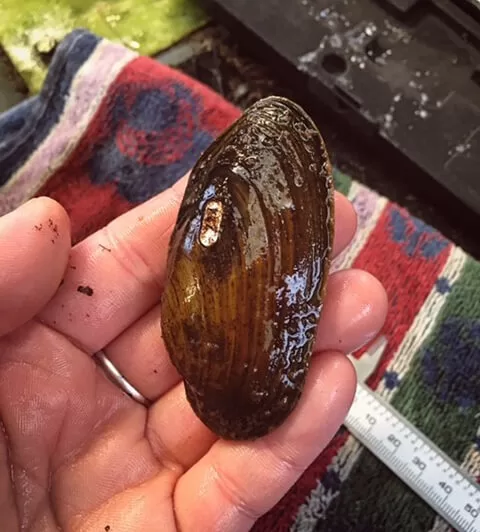
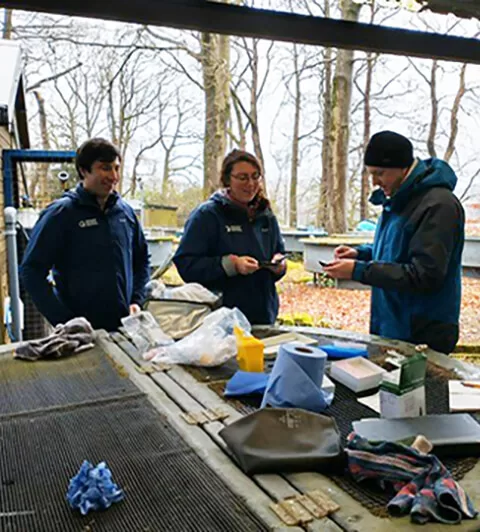
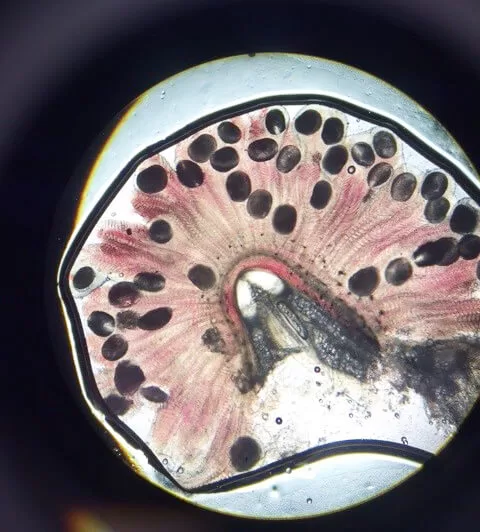
The River Kent and tributaries designation includes Bullhead, Cottus gobio. They are a small bottom-living fish that is present in rivers, streams and stony lakes. Their lifecycle is varied with adults preferring sheltered sections of rivers with stones, aquatic plants, tree roots and woody material, whilst juveniles prefer shallower water depths with riffles (areas of faster flow). They are known to be territorial and will typically stay close to their favourite rock in the river!

Austropotamobius pallipes, The White Clawed Crayfish (WCC) is the UKs only native freshwater crayfish and is present in the River Kent and its tributaries. The white-clawed crayfish is a crustacean and requires mineral-rich water in order to build a strong exoskeleton. Their bronze colour helps them to camouflage into their preferred habitat – hiding amongst the stony stream beds, in crevices and under loose rocks. However, don’t be fooled – the omnivorous crayfish is an effective predator in its own right, catching invertebrates, as well as munching on foraged carrion, dead organic matter and aquatic plants.
So why does the White Clawed Crayfish need our attention?
If both species of crayfish are present in the watercourse, the white-clawed crayfish population is highly likely to suffer due to the spread of crayfish plague and competition for resources. They are also threatened by habitat loss and habitat fragmentation, as well as a reduction in water quality.
Luckily, it seems the North American Signal Crayfish has not yet entered the Kent catchment and its tributaries – and we’d like to keep it that way! Therefore, the Kent R4ever LIFE project will focus on keeping WCC habitat in the best possible condition for the existing population to thrive – through the maintenance of microhabitats, monitoring, improving habitat connectedness and catchment sensitive farming.The project will also educate users of the river about the risks to the white-clawed crayfish and promote the need for biosecurity measures to be adopted by water users to reduce the risk of introducing signal crayfish and crayfish plague.

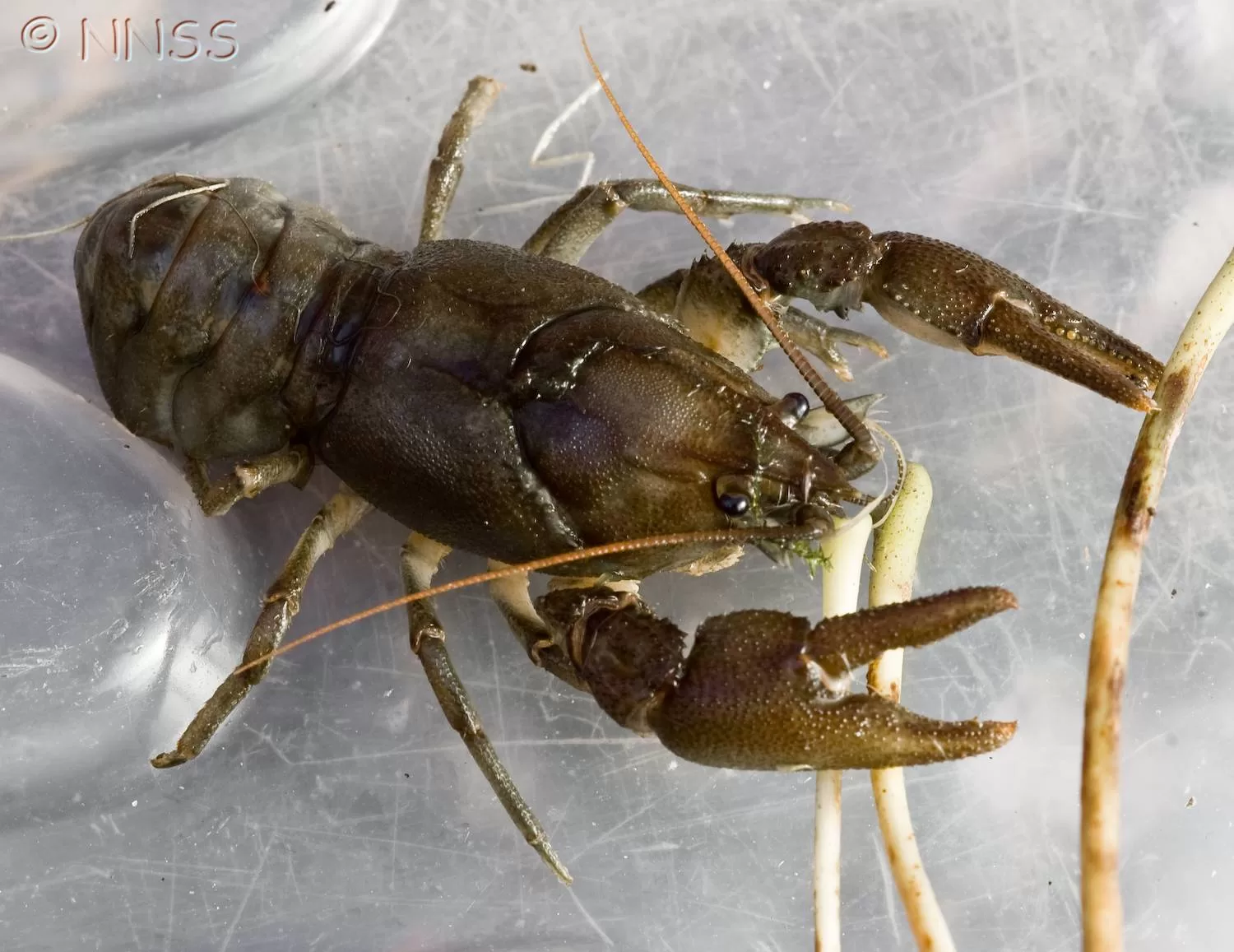
The river water crowfoot, Ranunculus fluitantis, is a species of buttercup. You might have seen it trailing on the surface of the river, in long, green strands dotted with white flowers during May and June. The plant floats on and under the surface, providing excellent habitat to many freshwater invertebrates, including white-clawed crayfish, shrimps, nymphs and insect larvae!
Ranunculus fluitantis need a specific set of conditions to thrive, including well oxygenated water with a steady flow. In the river Kent, water crowfoot is threatened by pollution, siltation, high nutrient loading and invasive plant species. Bankside encroachment from livestock, also known as ‘poaching’, disturbs the delicate Ranunculus fluitantis weedbed and other bankside vegetation.
The habitat for water crowfoot requires improvement! Therefore, South Cumbria Rivers Trust will monitor sites and encourage catchment sensitive farming practices, such as the erection of fencing to prevent livestock entering the river.

